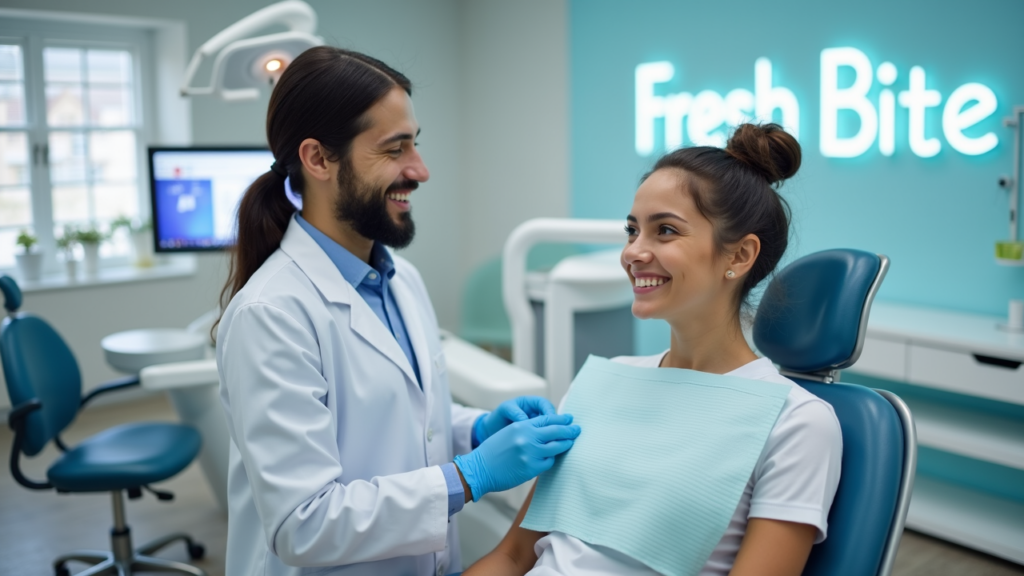Preserving Your Pearly Whites: Post-Whitening Care for Long-Lasting Brightness
Maintaining a bright, white smile after undergoing a teeth whitening treatment involves more than just regular brushing. It requires a comprehensive approach that includes diligent care, lifestyle adjustments, and sometimes a bit of sacrifice. Here’s how you can preserve that sparkling smile long after you’ve left the dentist’s chair.

Understanding Teeth Whitening
Teeth whitening is a popular cosmetic procedure that can significantly brighten your smile. It typically involves the application of a bleaching agent—usually hydrogen peroxide or carbamide peroxide—that penetrates the enamel to remove deep-seated stains. While results can be dramatic, they are not permanent. Over time, exposure to certain foods, drinks, and smoking can cause stains to reappear.
Immediate Aftercare
The first 48 hours after your whitening treatment are critical because your teeth are most susceptible to staining during this period. The pores in your tooth enamel are open, which means they can easily absorb colors.
1. Avoid Stain-Causing Substances:
Steer clear of coffee, tea, red wine, dark sodas, and berries. These items are notorious for causing discoloration. Additionally, abstain from smoking or using tobacco products as these can also reduce the brightness of your teeth.
2. Stick to a White Diet:
During this vulnerable period, consume foods that are light in color such as white chicken, fish, rice, and dairy products. This precaution helps prevent immediate staining.
Long-Term Maintenance
Once you’ve navigated the first few days post-treatment, your focus should shift to maintaining those results for as long as possible.
3. Practice Good Oral Hygiene:
Brush at least twice a day with a fluoride toothpaste and floss daily. Consider using an electric toothbrush for more effective plaque removal. Additionally, rinse with an antiseptic mouthwash to help fight off bacteria.
4. Use Whitening Products Sensibly:
Incorporate over-the-counter whitening products such as toothpaste or strips judiciously to support your whitening results. Be wary of overuse, as these products can cause sensitivity or damage if used excessively.
5. Regular Dental Visits:
Schedule dental cleanings and check-ups every six months. Professional cleaning helps remove plaque and surface stains that ordinary brushing might miss.
6. Be Mindful of Your Diet:
Long-term care also involves dietary considerations. Limit intake of foods and beverages that stain teeth. Opt for straws when drinking colored liquids to minimize direct contact with your teeth.
Dealing with Sensitivity
Teeth sensitivity is a common side effect of whitening treatments. Here’s how you can manage it:
7. Use Sensitive Formula Toothpaste:
Toothpastes designed for sensitive teeth can help alleviate discomfort by blocking pathways through the teeth that attach to nerves inside.
8. Avoid Extreme Temperatures:
Stay away from overly hot or cold foods and beverages as these can exacerbate sensitivity.
Touch-Up Treatments
Depending on the original shade of your teeth and personal habits, periodic touch-ups may be necessary to maintain whiteness.
9. Schedule Professional Touch-Ups:
Consult with your dentist about the frequency of touch-up treatments you might need based on your specific circumstances.
10. DIY Touch-Up Kits:
For minor discoloration and touch-ups at home, consider using a DIY whitening kit approved by your dentist.
Lifestyle Adjustments
Finally, maintaining white teeth might require some lifestyle adjustments.
11. Quit Smoking:
Smoking not only stains teeth but also harms your overall oral health.
12. Increase Water Intake:
Drinking plenty of water helps rinse away substances that might stain teeth and promotes saliva production, which naturally cleanses the mouth.
By following these guidelines, you can extend the lifespan of your whitened teeth and enjoy a brighter smile for longer. Remember that each person’s teeth respond differently to whitening treatments; what works for one person may not work for another. Always consult with your dental professional before starting any new dental treatment or maintenance regimen.
Need More Information?


Innovations in Cosmetic Dentistry: What’s Next for Perfect Smiles?
Innovations in Cosmetic Dentistry: What’s Next for Perfect Smiles? In recent years,…

The Integral Role of Nutrition in Oral Health and Natural Teeth Whitening
The Integral Role of Nutrition in Oral Health and Natural Teeth Whitening…

The Future of Teeth Whitening
The Future of Teeth Whitening: Emerging Trends and Innovations In recent years,…

